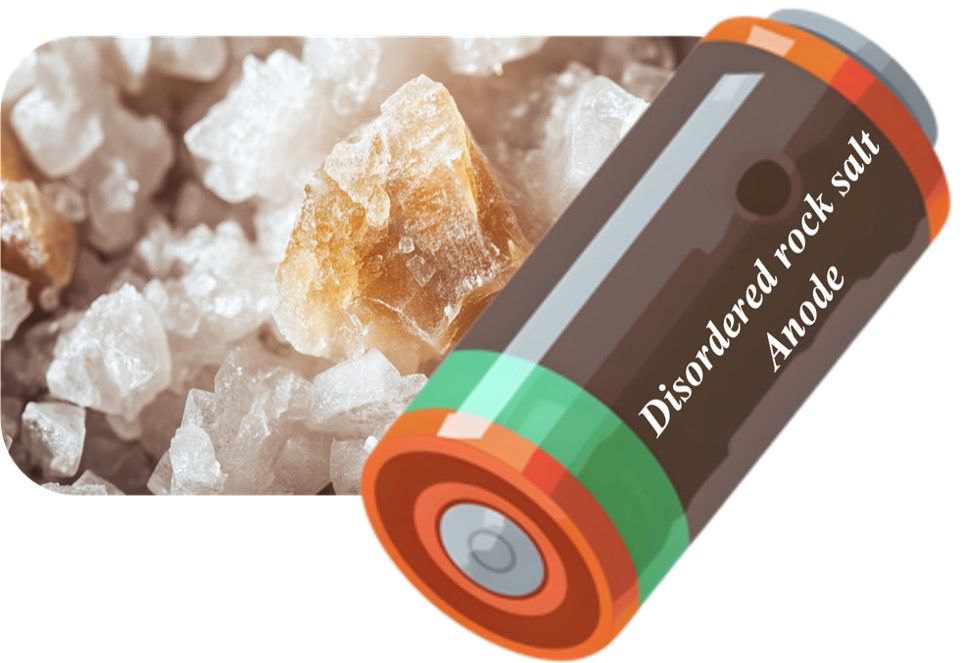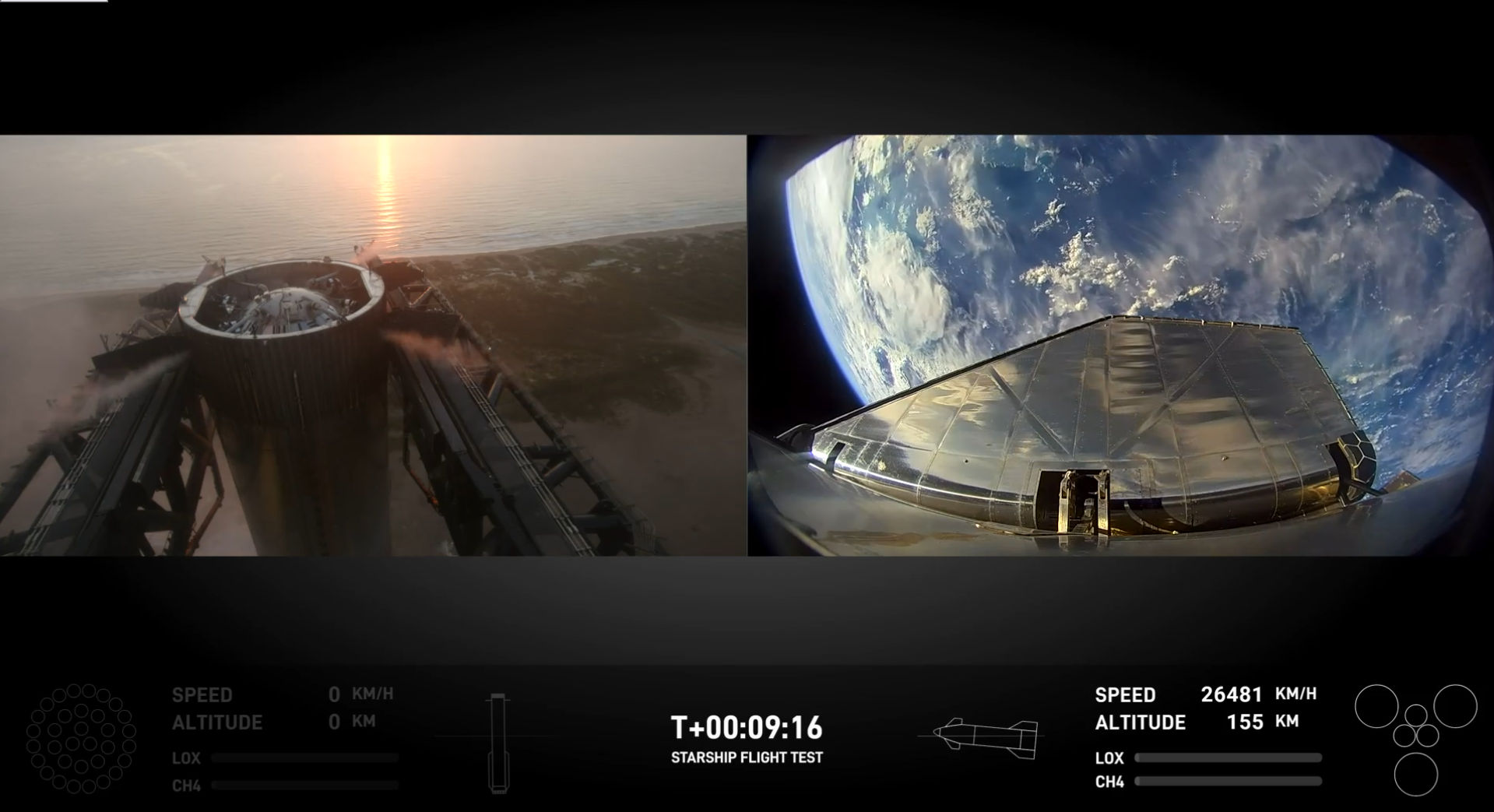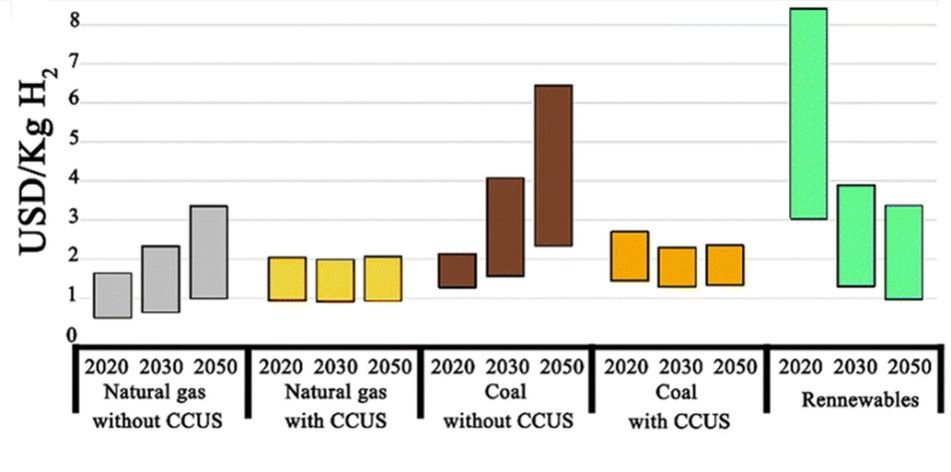Game Changer in Battery Tech: Disordered Rock Salts Unveil New Anode Breakthrough for Lithium-Ion Batteries
Game Changer in Battery Tech: Disordered Rock Salts Unveil New Anode Breakthrough for Lithium-Ion Batteries
Introduction
The lithium-ion battery technology, which is extensively used in portable electronic devices, is acquiring growing significance for applications that are dedicated to electric cars and renewable energy sources that involve huge volumes of usage. This provides justification for the thriving research that is concentrating on the enhancement of this technology in terms of its performance, sustainability, and safety. The development of an anode material is being looked at with a great deal of optimism. searching for an anode while taking into consideration the possibility of rapid charging up. Fast charging is a game-changing technology that improves the use of lithium-ion batteries and their overall efficiency. The objective of the ongoing study is to strike a balance between the advantages of rapid charging and the durability and well-being of battery systems and wide temperature range. This will pave the way for an energy future that is both more environmentally friendly and more convenient.
A possible path to disordered rock salt anode
The quest for high-performance, fast-charging lithium-ion batteries has driven researchers to explore new materials and architectures, leading to the emergence of disordered rock salt anodes as a promising solution. Unlike typical anodes that suffer from sluggish lithium-ion diffusion and limited energy density, disordered rock salts boast a distinct structural advantage. The special way that the lithium, vanadium, and oxygen atoms are arranged in these anodes makes pathways that allow lithium ions to move quickly. This makes them perfect for fast-charging tasks at a range of temperatures. Vanadium oxide has shown considerable promise due to its high theoretical specific capacity and multi-electron reactions. The extraordinary rate capability and cycling stability of lithium vanadium oxide (LVO) have garnered significant interest as a potential alternative to conventional anodes in fast-charging batteries. Theoretical studies indicate that during the lithiation process, the occupancy of lithium ions at tetrahedral and octahedral sites in LVO shifts significantly between the first and second phases, suggesting a dynamic behaviour that enhances performance. To further harness LVO’s capabilities for practical industrial applications, extensive efforts have been made to ensure that bulk LVO supports rapid ionic and electronic transport. However, the mechanisms that underlie the synergy between rapid lithium diffusion and interface stability across a broad temperature range remain poorly understood. Gaining insights into the interface and kinetic characteristics of LVO-based anodes is crucial, particularly in challenging environments, to enable the widespread use of fast-charging LIBs in practical applications. Recent research highlights the potential of these materials to significantly enhance charging speed and overall performance, paving the way for more efficient and reliable energy storage systems.
In an attempt to quantify the interface stability and kinetic properties of u-LVO anodes. The LVO anode showed favorable lithium diffusion kinetics, accompanied by the production of a solid electrolyte interphase (SEI) layer upon discharge to 1.0 V. This layer persists in expanding throughout next charging cycles. The ionic and electronic transport properties of the LVO electrode are elucidated at different potentials throughout the first cycle. Upon long-term cycling and under high/low-temperature conditions, the LVO anode delivers highly stable interfacial and kinetic characteristics, demonstrating remarkable capability applied in high-power LIBs in a wide temperature range. Further comprehensive studies about the interface stability and fast charge-transfer behaviors in practical LVO-based full cells, including electrode/electrolyte compatibility and safety concerns due to high rates of heat generation, are required for the commercial realization of credible fast-charging LIBs.
Li-Rich Disordered Rock salts (Li3V2O5)
Li-rich disordered rock salt oxide has the capacity to accommodate several Li+ ions. Their structure consists of crystalline rock salt with a disordered cation lattice. Li-rich disordered rock salt oxide has been shown to provide capabilities throughout a broad spectrum of Li compositions without undergoing structural alterations. Cation disorder leads to distinctive lithium transport characteristics, electrochemical behaviour, local architecture, and little to no structural alteration during charge-discharge cycles. An anodically disordered lattice renders the material compositionally versatile. This reduces reliance on limited and costly raw minerals, like nickel and cobalt. The inclusion of anion redox alongside cation redox and/or fluorination often results in a larger working voltage, hence enhancing the energy density of Li-rich disordered rock salt oxide materials. Anion-disordered rock salts have been investigated for more than a decade, but high-energy disordered rock salt materials represent a comparatively novel category of chemicals. This Perspective examines the synthesis of disordered rock salts and the lithium transport characteristics of these materials, particularly focusing on the design tactics used to develop high-energy-density disordered rock salt anodes. Li3V2O5 a disordered rock salt anode, has a special structure that facilitates rapid lithium diffusion. This material is ideal for fast-charging applications because of its ability to reversibly cycle two lithium ions at low voltages. The random arrangement of oxygen, vanadium, and lithium atoms in these anodes makes it easy for lithium ions to move around quickly, which speeds up the charging process. Nonetheless, materials exhibiting structural stability against cation migration have difficulties, including inadequate capacity retention.
Future Prospects
Researchers are optimistic about the future of disordered rock salt anodes; they are working to improve these materials so that they can be mass-produced and used in commercial lithium-ion batteries; this will lead to energy storage options that are safer, quicker, and more efficient with regard to energy storage.
Conclusion
Disordered rock salt anodes signify a substantial advancement in lithium-ion battery technology. Furthermore, it possesses a distinct economic advantage over graphite. This paves the way for a new generation of high-performance batteries. The primary benefit of disordered rock salt anodes is their structural adaptability. This arises from the inherent chaos inside the structure. The structural flexibility indicates that they do not undergo a structural change, even at high levels of delithiation. Consequently, these anodes are capable of attaining enhanced capacity while maintaining structural integrity. The structural flexibility means that the composition can be tuned better, which makes it easier to make low-cost, high-energy density anode materials.
Image credits to author Cyril A Andrews
References & Further reading
Liu, Haodong, Zhuoying Zhu, Qizhang Yan, Sicen Yu, Xin He, Yan Chen, Rui Zhang et al. "A disordered rock salt anode for fast-charging lithium-ion batteries." Nature 585, no. 7823 (2020): 63-67.
Lan, Xiwei, Tao Meng, Shanshan Yang, and Xianluo Hu. "Insight into fast lithium diffusion in disordered rock-salt ω-Li 3 V 2 O 5 in a wide temperature range." Journal of Materials Chemistry A 11, no. 10 (2023): 5048-5055.




















